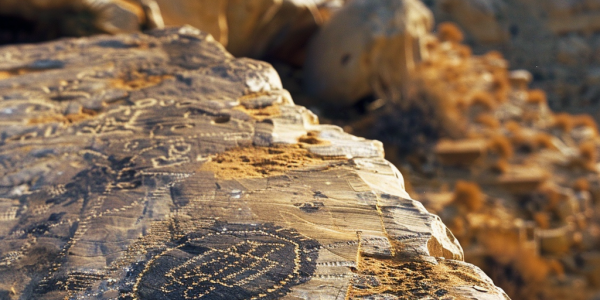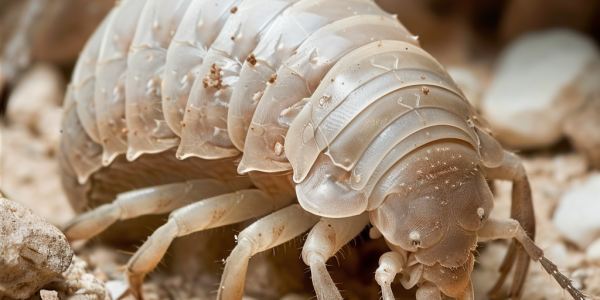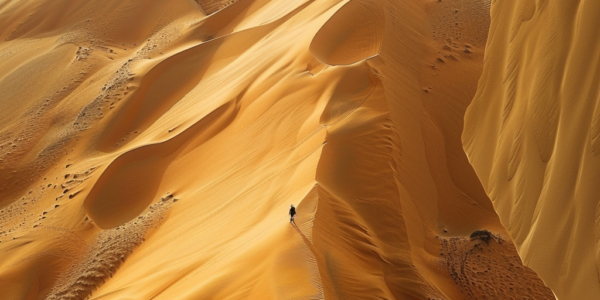Desert Fungi and Lichens Threaten Ancient Rock Art in Negev Desert
Discover how desert-loving fungi and lichens are threatening 5,000-year-old rock art in the Negev desert of southern Israel. Learn about the acids secreted by these organisms that can erode the ancient petroglyphs and the efforts needed to protect this cultural treasure for future generations.
NASA Prepares for Moon Return with Arizona Desert Tests
NASA is actively preparing for a return lunar visit by conducting tests in the Arizona desert to simulate the lunar environment. The ultimate goal is to establish a Moon base and accelerate the process of sending humans to Mars. Key preparations include constructing a Moon base and a railway station on the lunar surface, focusing on scientific exploration and international collaboration. Astronauts are honing their skills through moonwalk simulations in Arizona, utilizing augmented reality technology to navigate the moon’s South Pole region.
Study Reveals Dietary Preferences of Desert Isopods
A recent study by researchers at the Hebrew University reveals the dietary habits of isopods, challenging assumptions and highlighting their impact on ecosystems. Isopods, often mistaken for bugs, play a significant role in desert environments, preferring macronutrient-poor soil crust over plant litter. This study sheds light on the complexity of isopods’ food selection and offers insights into broader ecological dynamics.
Breakthrough Study Reveals Age and Rapid Formation of Star Dunes
A breakthrough study has revealed the age and rapid formation of star dunes, providing insights into Earth’s geological past. Scientists have solved the mysterious absence of star-shaped dunes from Earth’s geological history for the first time, dating one back thousands of years. The study by Aberystwyth University, Birkbeck, and UCL academics is the first to date how long it took a star dune to form and examine its internal structure. Star dunes, believed to be the tallest dunes on Earth, are also found elsewhere in the solar system, on Mars and on Saturn’s moon Titan. Despite being common today, star dunes have almost never been found in the geological record. Their absence has bemused scientists as past deserts are a common part of the history of Earth, preserved in rocks deep underground. Published in the journal Scientific Reports, the new study dated the foundations of a star dune in the southeast of Morocco known as Lala Lallia to around 13,000 years old.




